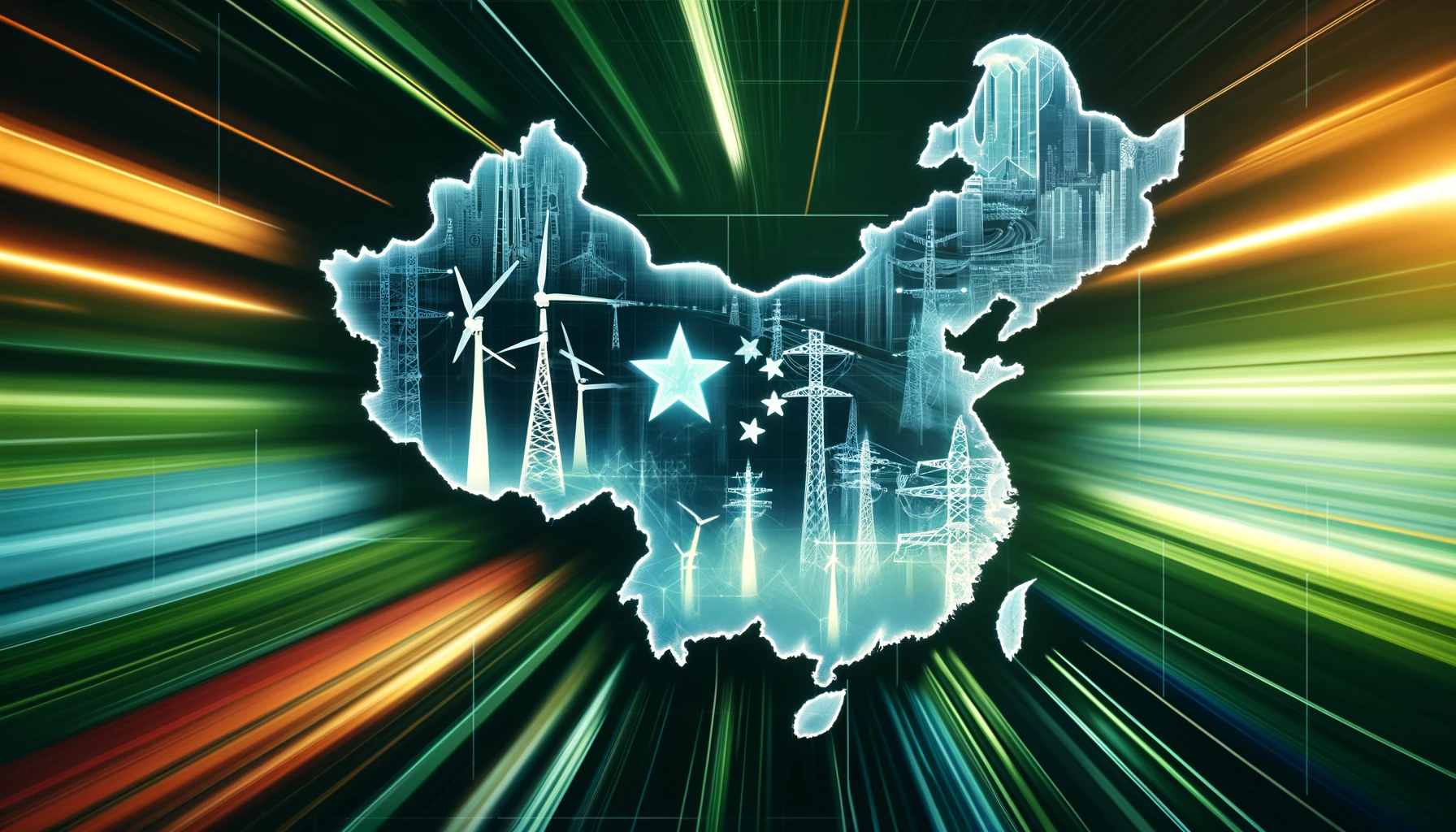
China is undergoing a substantial enhancement of its grid infrastructure as the country faces a significant increase in renewable energy production, placing immense stress on the existing electrical systems. The National Energy Administration has announced an ambitious plan to accelerate transmission projects in response to the burgeoning demand for a more robust electricity network capable of handling the surge in renewable energy, particularly solar and wind power.
In a proactive move, the National Energy Administration declared its intention to fast-track the development of the grid. The plan includes completing 37 major power lines and initiating construction on another 33 by the end of this year. This decision comes on the heels of a directive from the State Council, which has revised the national targets for battery storage capacity, aiming for a significant increase by 2025.
The urgency to expand and upgrade the grid infrastructure is underscored by the challenges posed by the intermittent nature of wind and solar energy. The abundance of solar power, in particular, has led to situations where regional grids are overwhelmed during peak production times, typically midday, forcing solar farms to disconnect to prevent overloading the system. Recent government statistics reveal that solar panels were operational 10% less during the first four months of the year compared to the same period last year, indicating the severity of the grid’s inability to cope with the influx.
China remains the world’s leading installer of solar panels. However, the rapid pace of solar installations has moderated due to grid capacity issues. Historically, China has temporarily scaled back installations to allow grid enhancements to catch up, a measure taken during similar situations in the late 2010s. However, reducing the rate of clean energy installations is less likely now due to the sector’s growing importance in driving economic growth.
President Xi Jinping has consistently advocated for increasing renewable capacity, a stance reinforced last week when the government adjusted regulations to allow continued installations, even as power wastage increases. This highlights a strategic shift towards maintaining economic momentum through clean energy development rather than curtailing growth for infrastructural catch-up.
The primary strategy to address the grid’s limitations involves transforming the network to efficiently manage and distribute the burgeoning clean energy output. This transformation includes enhancing the grid’s capacity to transfer excess electricity to areas where it is needed and increasing the storage of energy through expanded battery capacity. In the first four months of the year, grid operators boosted their spending by 25%, investing 123 billion yuan (approximately US$17 billion) in these upgrades.
- Current Investment: 123 billion yuan in grid enhancements
- New Transmission Projects: 37 completed, 33 initiated by year-end
- Battery Storage Goals: Increase to 40 gigawatts by 2025, up from 30 gigawatts
Despite these infrastructural advancements, the success of integrating increased renewable energy into China’s power grid also depends on reforming the power market itself. Currently, the usage of battery storage is suboptimal, as energy prices tend to remain constant throughout the day across many regions, offering little financial incentive for energy storage or timed discharge.
President Xi hinted that the upcoming third plenum of the Communist Party could be a pivotal moment for power sector reforms. Analysts from Citigroup, including Pierre Lau, anticipate that the plenum could unveil significant reforms aimed at encouraging further grid investments and shifting towards market-driven energy pricing. These changes are expected to enhance the efficiency of renewable energy integration and support the long-term sustainability of China’s energy strategy.
As China continues to lead the world in solar energy installations and expands its renewable energy capacity, the necessity for a modernized and capable grid system becomes increasingly evident. The strategic enhancements to the grid, coupled with potential market reforms, are poised to not only support China’s clean energy goals but also catalyze the country’s economic growth by leveraging its renewable energy sector. The upcoming months and the decisions made during key governmental meetings will be critical in shaping the trajectory of China’s energy infrastructure and market dynamics.
Related News:
Featured Image courtesy of DALL-E by ChatGPT
